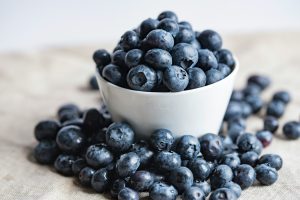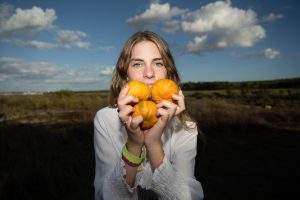The 2024/25 Spanish avocado season kicked off in December, with the AET forecasting a harvest surpassing 70,000 tons.
Expanding Cultivation Areas
Spanish avocado production, led once again by the Hass variety and bolstered by the growth of organic farming, has risen significantly due to promising results from new cultivation areas in Western Andalusia—particularly in regions of Cádiz and Huelva, which are undergoing rapid expansion.
The Valencian Community is also solidifying its position as one of the main production hubs on the Iberian Peninsula. Meanwhile, the Canary Islands are expected to maintain production levels similar to previous years, despite challenges posed by extreme weather events, as is the case in parts of Eastern Andalusia.
“These are production areas with tremendous potential,” emphasized Álvaro Palacios, AET President.
Farmgate Prices
Farmgate pricing will be a critical issue this year, influenced not only by the increased supply of avocados but also by strong competition from other origins, particularly North Africa—with Morocco leading the charge due to a high forecasted harvest.
Palacios urged consumers, who ultimately decide on purchases, to prioritize 100% Spanish avocados:
“This is not just about price or supporting local producers—entrepreneurs who invest passion, effort, and resources into delivering a quality product—but also about choosing sustainable agricultural practices, reducing carbon footprints by buying local, and strengthening the circular economy that drives growth in rural communities dependent on agriculture.”
Improvements in Production Zones
The association has highlighted improvements in the pioneering avocado-growing areas of La Axarquía in Málaga and the Costa Tropical in Granada, despite ongoing challenges. These regions are enduring one of the most difficult periods in decades due to severe climatic conditions, water shortages, and rising production costs—leading to tree removals in some cases.
“This year, we can point to modest improvements and a slightly more optimistic outlook, thanks to spring and early autumn rains, which have slightly increased water reserves,” said Palacios.
However, he cautioned that the water situation remains critical:
“Water is key to the survival of agriculture in these areas, and we cannot ease our demands on authorities to deliver on their promises for water infrastructure. Desalination plants, wastewater treatment plant connections, complexes to optimize rainwater use, and basin interconnections are just some of the measures we tirelessly advocate for—our future depends on them.”
‘Avocado from Spain’
Palacios called for a unified Spanish avocado brand under the name ‘Avocado from Spain’:
“Only by uniting producers across all regions and adopting consistent commercial guidelines can we tackle the challenge of competing with fruit from other origins. Unity is strength—there’s no doubt about that.”
Growing Organic Farming
The segment of organic avocado farming continues to rise. In recent years, the number of farms adopting bio and regenerative practices has grown in line with consumer trends.
Nationally, the total cultivated area for avocados is approximately 24,000 hectares, with 19,000 in Andalusia, 4,000 in the Valencian Community, and 1,500 in the Canary Islands, which remain the primary cultivation regions.























